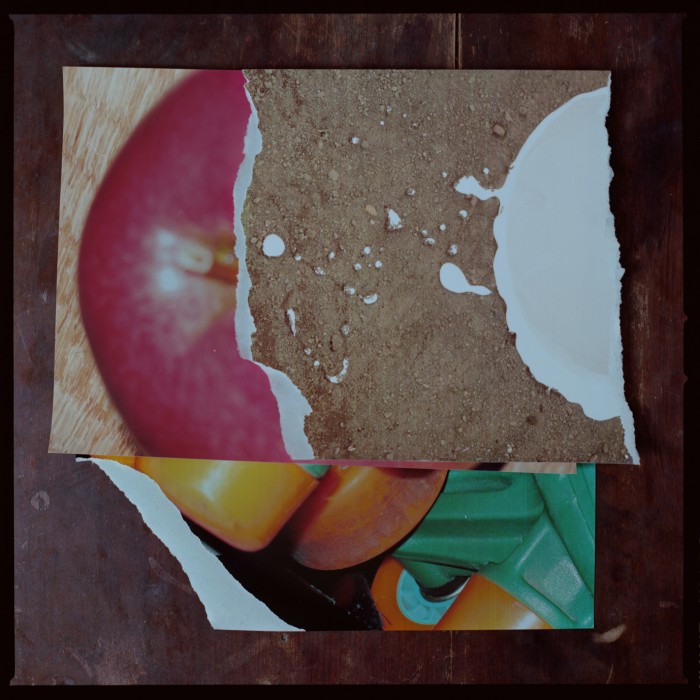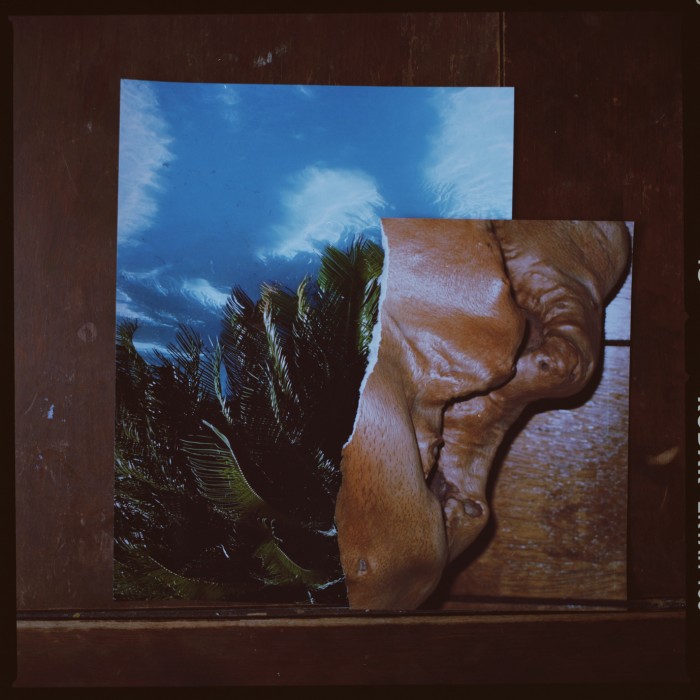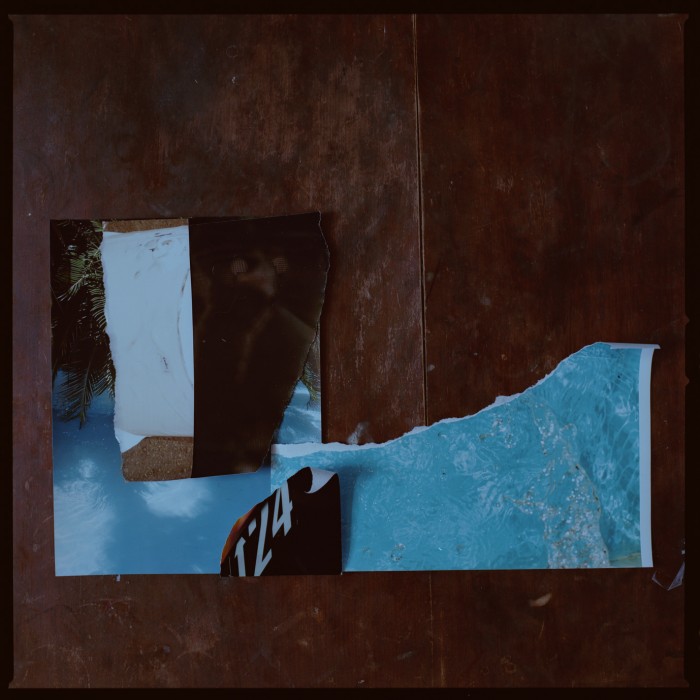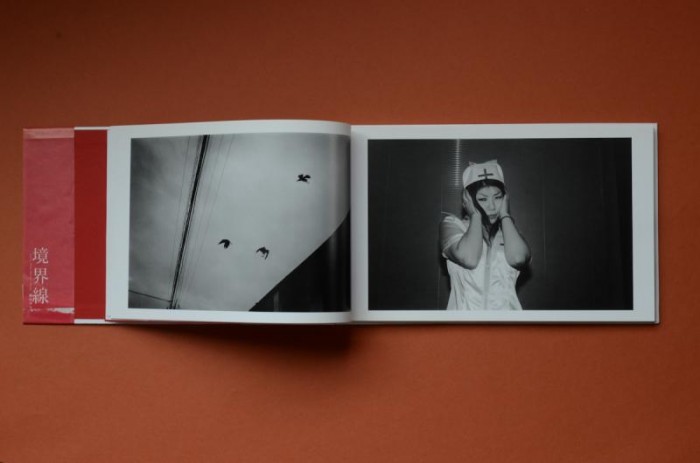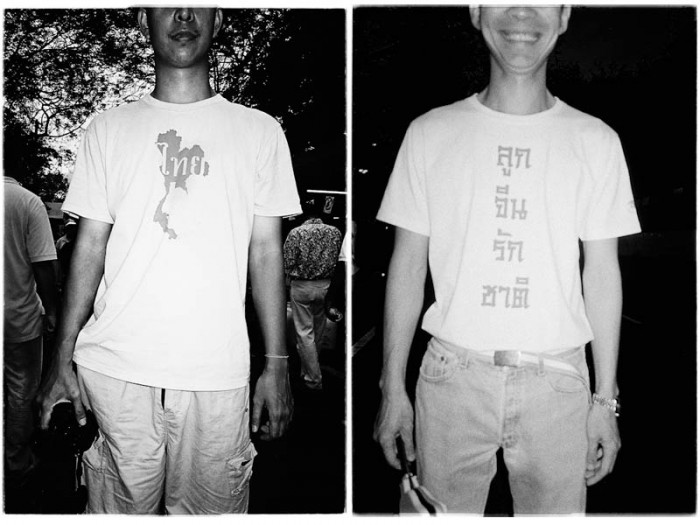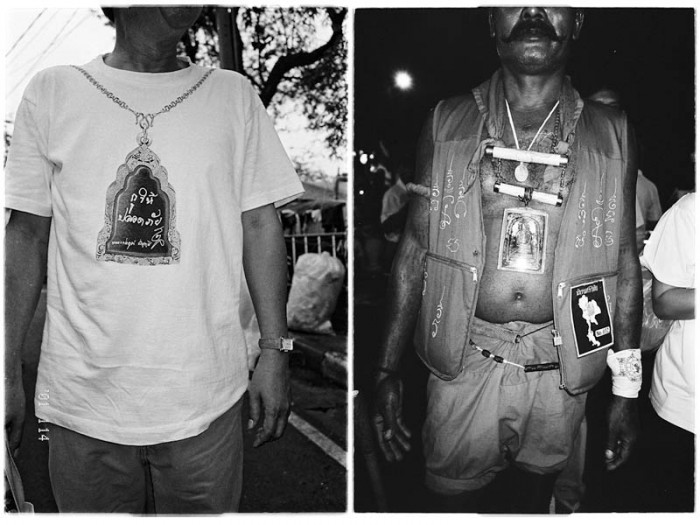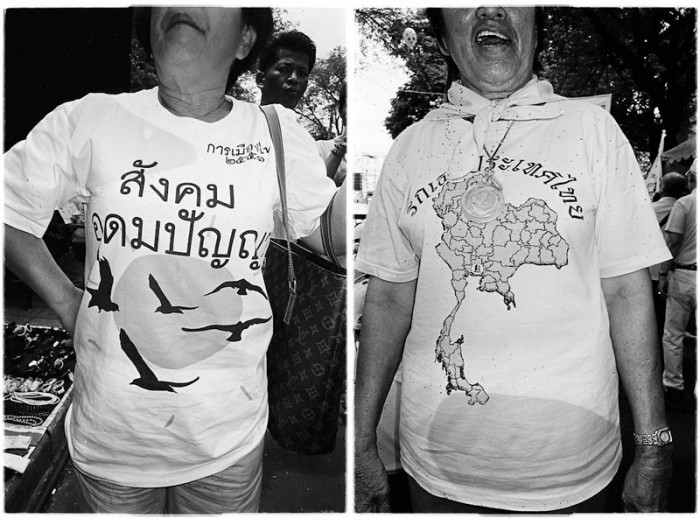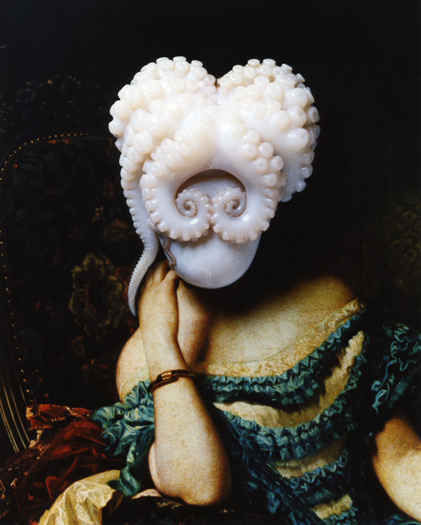These are notes for a more detailed post, which outline how I’m thinking about Japanese photography at the moment.
1. Most Western photography audiences are primarily aware of Japanese photography through Provoke, and other groundbreaking photography publications (such as Kikuchi Kawada’s “Map”) of the 1960’s and 1970’s.
2. I’ve heard it said that Japanese photography is difficult to understand. I think this has to do with a broader idea of how Japan has perhaps, for Westerners, assumed the image of the most inaccessibly foreign place in the world.
3. Japanese photography audiences do not look at Provoke even 10% as much as Westerners. To put it plainly, Provoke is just not part of the conversation here.
4. Provoke came out of a political moment (1968, obvs) in which the student-led protest movement seemed capable of striking a blow against the government. This is important. (This movement was put down by the army at Sanrizuka, where students were trying to prevent the forcible construction of Narita airport on the land of farmers who had lived there for generations.)
5. Provoke had Takuma Nakahira producing both as a photographer and as a theorist. I’m only just now starting to try to dig in to his texts, so I won’t try to tell you exactly what they were about. He wrote quite a lot though, and was looking to critical theory of the time to inform his writing.
6. Over the last 10 years (15? 20? I can’t say for sure), Japan has developed a style of what I might call an unconscious photography. This really just means, shooting casually observed moments of everyday beauty. Araki is the patron saint of this type of photography, except that he’s taken it to a point where it’s gone way beyond anything aesthetic, and is doing a sort of cosmic dance with his own personality. (Can explain more later but I do mean this as a compliment.) Hiromix might represent the beginning of this kind of photography as a popular trend, and we shouldn’t forget that Araki bestowed his personal blessing upon her.
7. Forgetting Araki, the most perfectly crystallized example of this unconscious photography is Rinko Kawauchi, who, when at her best (Utatane and Illuminance), seems blessed with the ability to find staggering beauty in anything.
8. There is no political movement in present-day Japan. There is no meaningful context out of which photographs are being produced. There is no Nakahira-like photographer/theorist figure, not even close.
9. Kawauchi’s success abroad is a positive sign for younger Japanese photographers, because there is no need to grasp a particularly Japanese context in her work. This helps everyone: Kawauchi’s photos are providing hands-on training in how to view Japanese photography that’s not taken by men born before 1950.
10. 3/11 is a very, very different story. Precious few photographers have grasped this.
